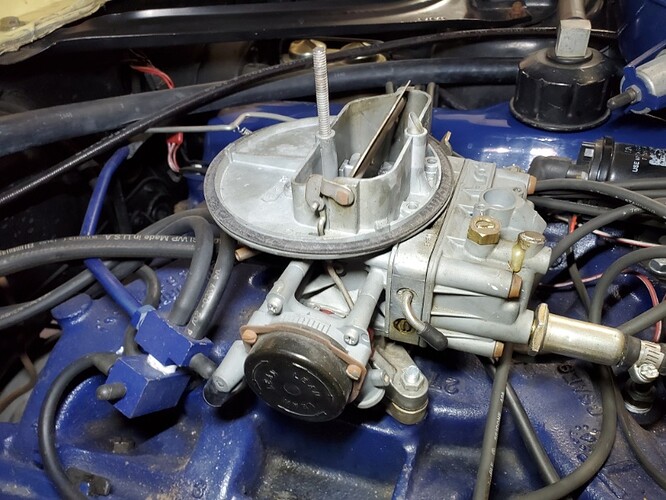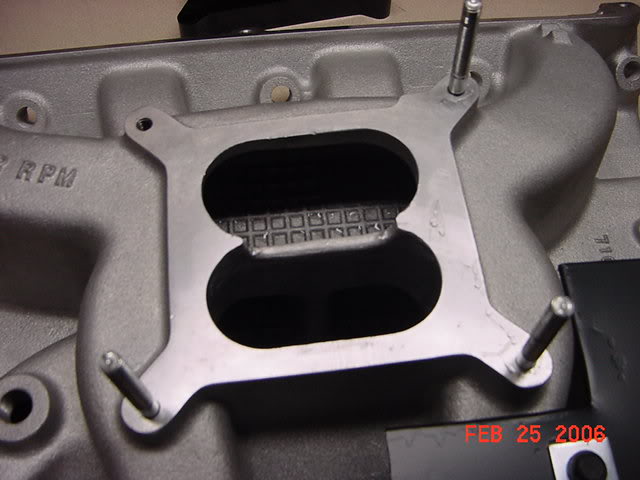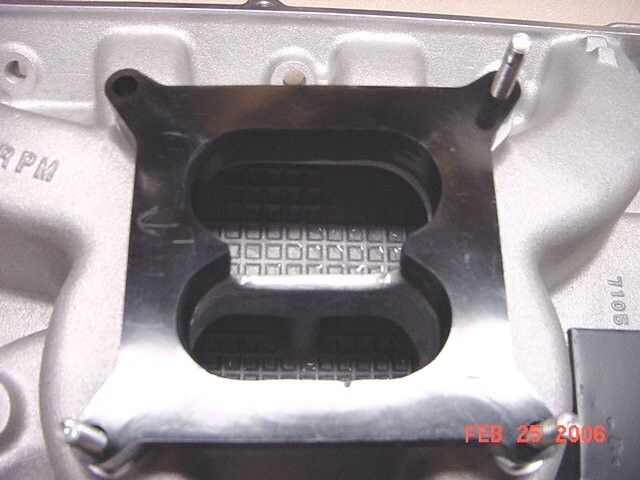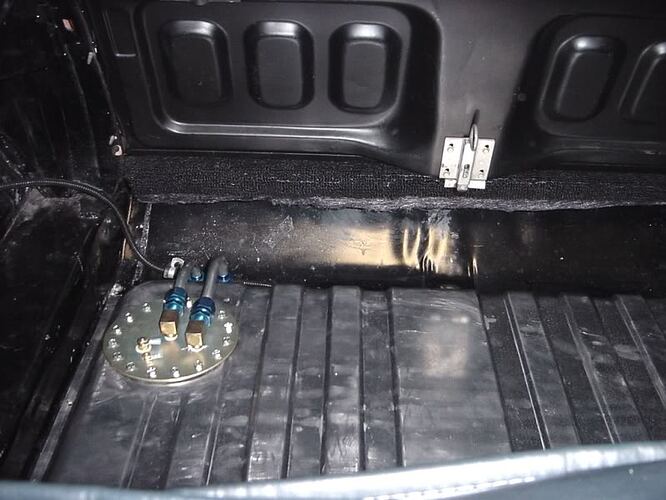The Performer RPM is a very good improvement over an S-code intake, you’ll feel it right off the bat, with a 2 barrel intake it would be night and day
As an example, we did a 352 on the dyno last year, 220 HP with stock 2 barrel, 240 with a 500 2 barrel, and 270 with a Blue Thunder and a small 4 barrel. That was on a tired junkyard 352 for a baseline
However, if you plan to go Sniper, there is only one coolant port on FE manifolds, and if you want both heat and the stock gauge to work, you need to have a bung welded in for the coolant temp sensor The time to do it is when it is new. I would not waste my money on a 2 barrel system, if you ever want to improve, you basically toss it
You can switch the gauge sender to the thermostat housing if you don’t have the thermal switch, I don’t like doing that but it can work. You need to either drill a small hole in the thermostat to allow some water to flow over when cold to have the gauge work at all times, or live with the gauge only being accurate when hot. You cannot put the Sniper coolant temp sensor in the thermostat housing though.
I will say as others though
1 - Headers and good duals
2 - Recurve the distributor
3 - Intake and cylinder heads
If you do not have 1 and 2, but may go with a head change later, bite the bullet and do all at once (#2 of course can be electronic with the EFI system)
I will tell you, after many EFI FEs, including my own two (489 inch FE and a 461 inch FE) it’d be hard for me to go back.
Some pics of my manifold and how we did the bungs on Victor intakes. You can also see in the last picture, the RPM needs a little more thinking, there isn’t as much room for the temp sensor, but can certainly be done
Edelbrock Pro-flo 4 on an iron head 461 inch 428 based engine, 490 HP at 5000 for the red truck in the background
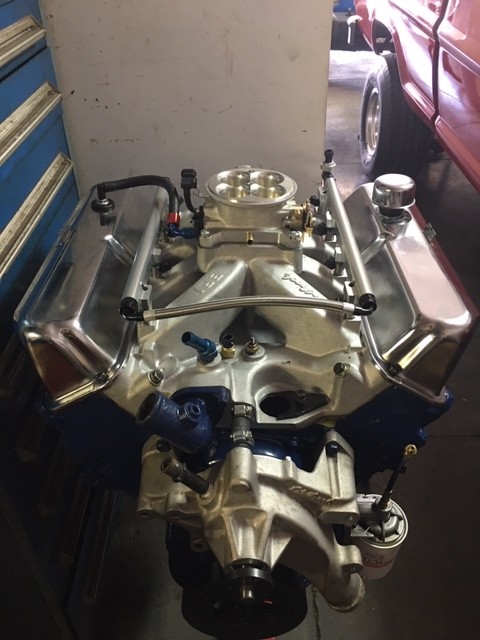
Custom setup, based off Mass-flo FE kit, laptop controlled real time, on 489 inch FE in my Mustang

Victor vs RPM
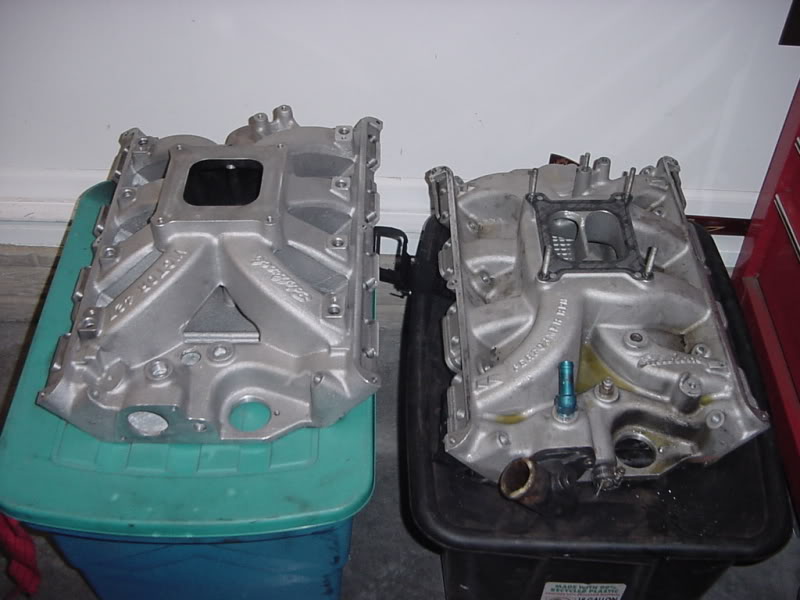
The last thing I will say is don’t let this scare you. If you buy an RPM intake, buy a pre-threaded bung from Summit, etc, and then go see a welder, it’s easy and you never have to think about it again.
If you also don’t want to go inside the engine or put headers on, and won’t in the future, I think you’d still benefit in drivability. WOT will get better,m but part throttle is the amazing part, especially with ignition control
Final point, be sure to think about fuel system, you need a return fuel system, or an expensive voltage controller, or a sump system underhood (which I hate, adds complication and failure points). I modified my Mustang to in tank pump with feed and return, that’s the way to go on a Cougar



